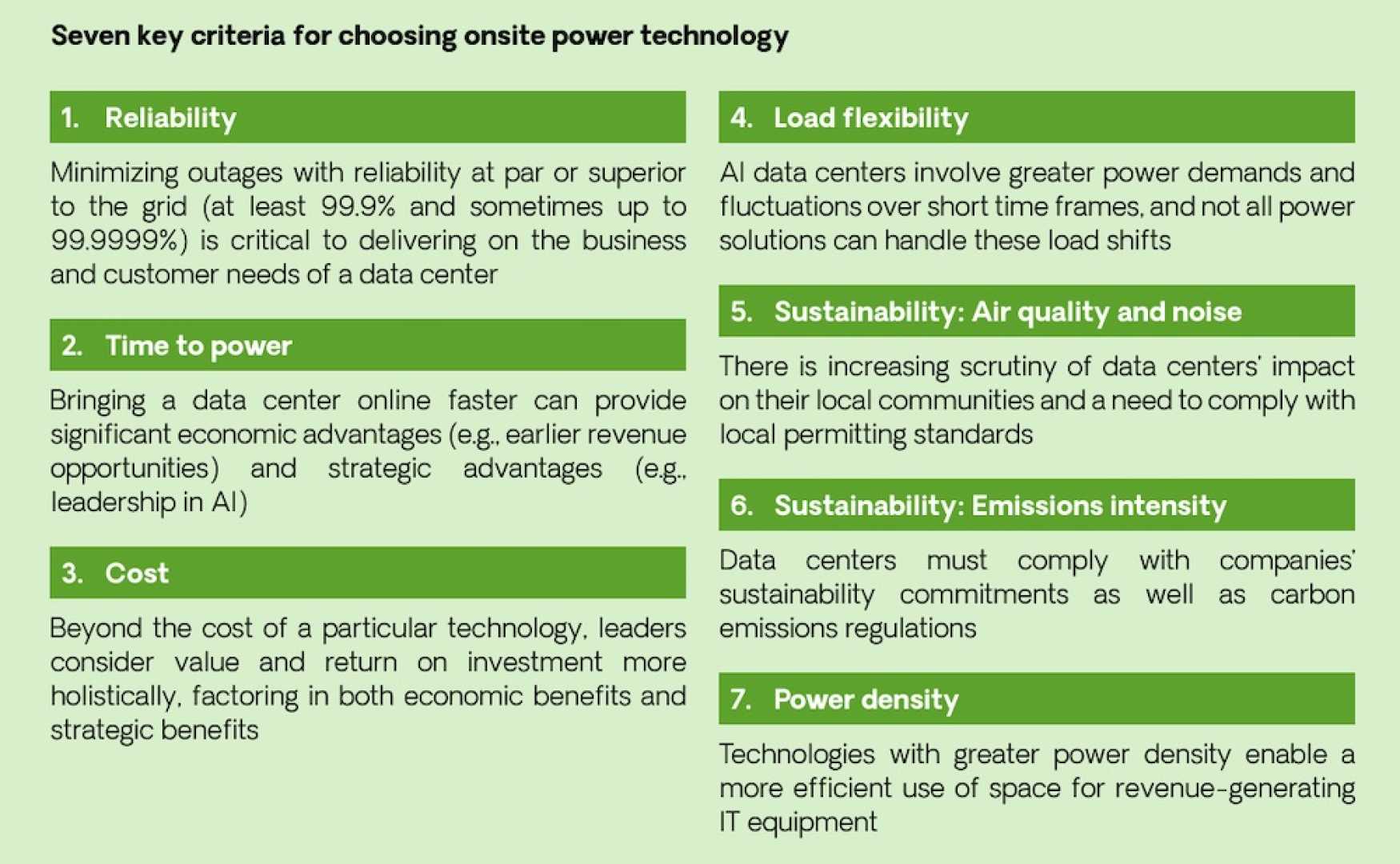Tech
Data Centers Turn to Onsite Power to Meet 35 GW Energy Demand by 2030

SAN JOSE, Calif. — As the energy demands of data centers surge, a new report from Bloom Energy (NYSE: BE) predicts that 35 gigawatts (GW) of data center capacity will be announced by 2030 — equivalent to over six times the annual energy consumption of New York City. The report highlights the growing reliance on onsite power systems to address the energy gap and reduce strain on the aging U.S. power grid.
The 2025 Data Center Power Report, based on a survey of approximately 100 data center leaders, reveals that the rapid growth of artificial intelligence (AI) and cloud computing is driving unprecedented energy needs. Aman Joshi, Bloom Energy’s Chief Commercial Officer, stated, “We see AI and cloud computing driving explosive growth in data center demand, and power availability remains the major bottleneck.”
According to the report, onsite power systems, including fuel cells, are becoming a primary energy source for data centers. Survey respondents emphasized the urgency of developing these systems in collaboration with utilities to ensure reliable and scalable energy solutions. Public announcements of onsite power deployments have increased significantly, reflecting a shift toward innovative energy strategies.
The report also draws on data from external sources, including Lawrence Berkeley National Laboratory, McKinsey & Company, and Goldman Sachs. It highlights that access to power is expected to become more challenging, prompting data center operators to adopt alternative energy solutions.
Bloom Energy, a global leader in power solutions, is at the forefront of this transition. The company’s solid oxide platform for distributed electricity and hydrogen generation is helping businesses and communities achieve lower carbon emissions and move toward a net-zero future.
The report underscores the critical role of AI and cloud computing in shaping the energy landscape. As data centers continue to expand, the industry’s focus on onsite power systems is expected to grow, addressing both economic and environmental challenges.












